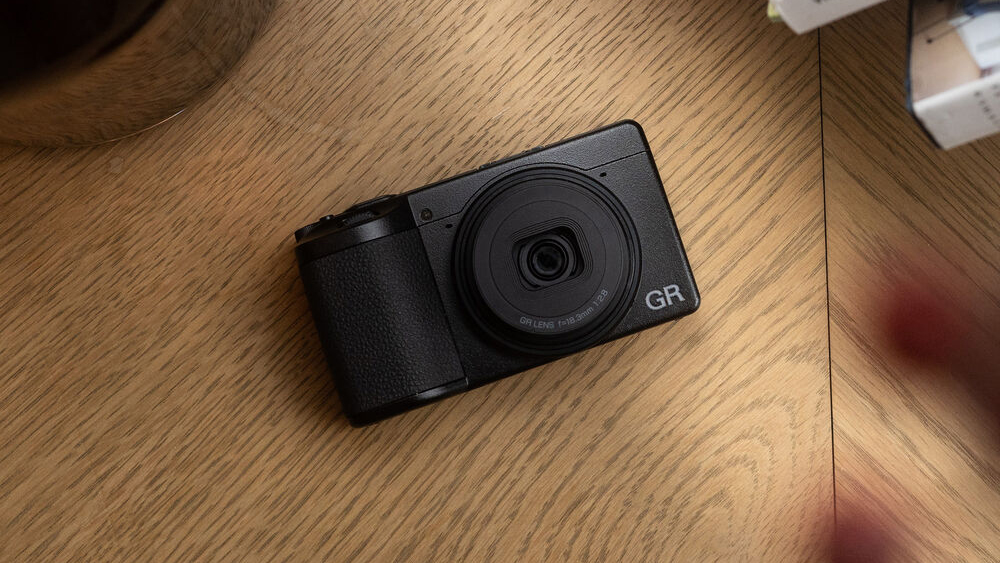The tripod is dead for the 'everyday photographer' – IBIS killed it
I think IBIS killed the tripod for the 'everyday photographer' – which is sad, but my back thanks me for it!

Some might remember my thoughts on image stabilization and why I have never used it in 20 years as a pro sports photographer. But while out and about at local flea markets, garage sales and car boots, I've noticed that many sellers have at least one, if not two tripods for sale – yet the camera for said tripod is never on offer.
This got me thinking, has technology – in the form of in-body image stabilization (IBIS) – replaced even the best tripod for the 'everyday photographer'?
It's not so long ago that in-body image stabilization was unheard of. And while we might have had Vibration Reduction or image stabilization in our lenses, the tripod was always at hand to help when we wanted to get those landscape shots extra stable and capture the best scene and color possible. They also helped when we all needed group photos, and wanted to make sure that everyone was in focus.
Well, now IBIS tech is inside most of the best mirrorless cameras (heck, even some of the best DSLRs have it!) offering at least five stops of shake compensation, with many offering even more to assist in keeping your camera sensor as still as possible for sharp images.
While I still stand by my point that I don't like VR/IS, I can see the reason for stabilization (be it in-body or within a lens) for most users to get the best out of their camera.
Even today, I hate to admit that I have two tripods from years ago that have been gathering dust for a decade. Most of my gear is not light; I'm lugging heavy DSLRs around, both digital and film, but always choose to leave the tripods at home. And when I'm out with my Leica equipment, a tripod as a "maybe" piece of kit to take with me doesn't even cross my mind!
That's why I think the humble tripod is finished for the everyday photographer. Firstly they are simply either too heavy, bulky or cumbersome to carry around with you all day long so – if they even make it out the door with you. They often end up staying in the boot of the car for the same reasons!
The best camera deals, reviews, product advice, and unmissable photography news, direct to your inbox!
Secondly, cameras are simply lighter than they once were. I know even with my chunky Nikon D800 I can shoot it at 1/30 sec, and get images that I'm happy with. With my light Leica equipment I've even shot at 1/15 sec and got great results handheld, so I've never needed a tripod to hold things steady!
While I do agree that if you're a landscape photographer or you dabble in architecture, then using a tripod is worth the investment in your craft. But for the everyday photographer taking anything and everything with them, I just think the tripod has had its day!
If you still believe in sticks, take a look at the best travel tripods and the best carbon fiber tripods. If you fancy a more streamlined alternative, check out the best monopods.

For nearly two decades Sebastian's work has been published internationally. Originally specializing in Equestrianism, his visuals have been used by the leading names in the equestrian industry such as The Fédération Equestre Internationale (FEI), The Jockey Club, Horse & Hound, and many more for various advertising campaigns, books, and pre/post-event highlights.
He is a Fellow of the Royal Society of Arts, holds a Foundation Degree in Equitation Science, and holds a Master of Arts in Publishing. He is a member of Nikon NPS and has been a Nikon user since his film days using a Nikon F5. He saw the digital transition with Nikon's D series cameras and is still, to this day, the youngest member to be elected into BEWA, the British Equestrian Writers' Association.
He is familiar with and shows great interest in 35mm, medium, and large-format photography, using products by Leica, Phase One, Hasselblad, Alpa, and Sinar. Sebastian has also used many cinema cameras from Sony, RED, ARRI, and everything in between. He now spends his spare time using his trusted Leica M-E or Leica M2, shooting Street/Documentary photography as he sees it, usually in Black and White.


